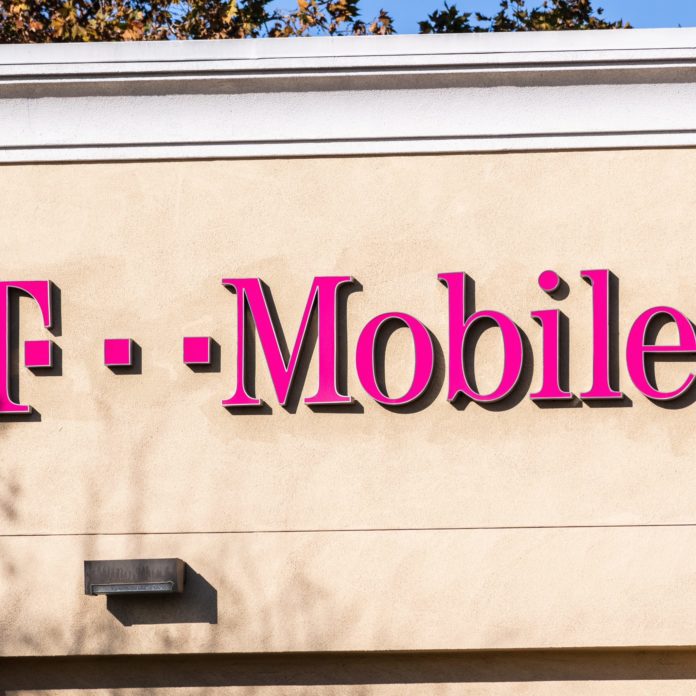T-Mobile US beat out its mobile competitors on postpaid phone net additions in the fourth quarter, posting 934,000 for the quarter and 3.1 million for the year. In its home broadband business, T-Mo added 541,000 net new customers in the fourth quarter and 2.1 million for the year, bringing its customer base to 4.8 million.
CEO Mike Sievert said that the carrier is executing on a “remarkably consistent, best-value, best-network strategy”, later adding, “The best part is, we still have a lot of room to run.” He called 2023 “the year that we effectively completed the biggest arguably the most successful telecommunications merger integration in the world, delivering synergies bigger and faster than even our own ambitious goals and doing it while also accelerating 5G investment in this country to the benefit of consumers and businesses.”
He said that T-Mo is taking a higher share of postpaid phone net addition since its merger with Sprint and that during 2023, it took its highest share yet of postpaid phone net customer additions.
Sievert also highlighted that the company’s business segment drew its highest postpaid phone net additions in company history and closed out the year with its highest quarterly net additions ever. Callie Field, president of T-Mo’s Business Group, said during the quarterly call that the carrier is increasingly having more strategic discussions about communications with enterprises, and that in the public sector, it is seeing double-digit growth in new public safety accounts. “We also saw some key wins in our Advanced Network solutions this past quarter,” Field added, pointing out in particular T-Mobile US’ support of Formula 1 in Las Vegas and its use of network slicing to support 230 points-of-sale as well as signing a deal with the PGA of America as its official 5G Innovation partner, to both provide real-time data to players and to enhance the fan experience.
Service revenues were $16 billion in the fourth quarter and $63.2 billion in 2023, up 3%; postpaid service revenue was up 6%. Net income for the company was $2 billion in the fourth quarter, up 36% year-on-year.
“We are now entering a period of tremendous value creation at T-Mobile, driven by ongoing growth leadership … by having completed both a historic merger and a massive 5G network build that are foundational to unlocking the cash flow potential of this business,” Sievert concluded.
For the full year of 2024, T-Mobile US expects to add between 5-5.5 million postpaid net customer additions, with about half of them expected to be phones. The carrier said that it expects the first quarter to be its peak 2024 quarter for capital expenditures, with cash capex spend for the full year between $8.6-$9.4 billion. “Our pull forward of CapEx into 2022 and 2023 has provided us with a broad multilayer 5G network on which we can now deploy additional spectrum for capacity across those existing radios without material incremental CapEx required,” CFO Peter Osvaldik explained on the quarterly call with analysts.
The carrier also continues to make gains in its share of customers in smaller and rural markets. Jon Frier, president of T-Mo’s Consumer Group, said that T-Mobile US has gone from about 13% of such households in early 2021 to about 17.5%; the carrier has set a goal to reach 20% share by 2025, and Frier said that he expects to achieve that goal. “But I’m really more excited, and I think the more compelling opportunity is, what we can do beyond the 20%,” he added.
Asked about pricing, Sievert said that while T-Mobile US might “find optimizations,” it will focus on two things: What customers accept and appreciate, and not sacrificing its brand position as a value leader. “That’s always been a differentiator for us, and we will defend that jealously,” he said.
When it comes to T-Mobile US’ deal with Starlink to provide direct-to-cellular capabilities, he said that in terms of beta services, “we expect if things go well, we should have these capabilities in customer hands this year.”

